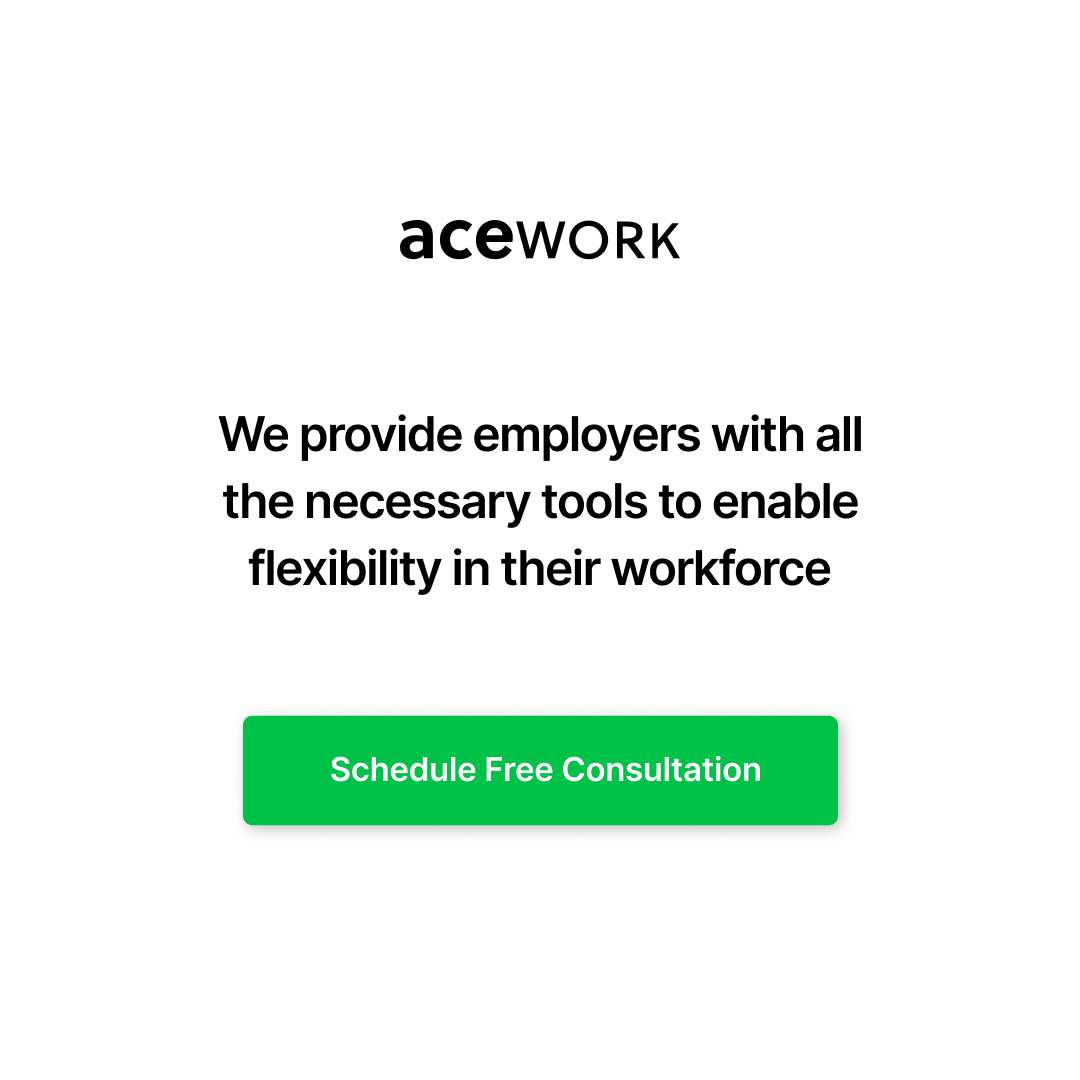As we all know, 2020 rocketed forward flexible work setups as we could have never imagined before. Some companies have completely moved to remote first environments whilst others choose the best of both worlds in hybrid setups. Talent acquisition teams face a big challenge in adapting these transitions into long term strategies. Harvard Business Review finds that many of the main trends in traditional recruitment are becoming obsolete. It invites us to reflect upon the depth of change. As well as the necessity to look at how we see candidates as a whole and the future of recruiting for flexible positions.
Recruiting for flexible positions can seem complex to start. However, once you have all the pieces in place not only will you make better hiring decisions but also use the time invested as part of the new members’ onboarding. This will allow you to create a holistic, humanised and time-efficient hiring experience.
Mastering the end-to-end recruiting cycle for flexible positions is essential to mastering your employer branding. This will be the candidate’s first impression on how ready the company is to move or continue in hybrid waters in the long run.
Let’s dive into some tips, opportunities and recruiting tools for flexible positions.
1. Create a clear candidate journey
It’s always important to take some time to review the end-to-end process and transition times are perfect to do so! You need to make sure you are not missing anything out, duplicating work or taking unnecessary steps. Try using tools like MURAL or Miro to visualise the candidate journey. Play around with different strategies on how you are going to mix online and face to face interactions to make the most out of each set-up for better assessments and engagement.
2. Set expectations from the start

If you are going to post an opening or share a job description with a passive candidate, make sure that you set out a clear and detailed description of the type of flexible working you can offer:
You don’t want to oversell and then disappoint your candidates. Be transparent with your remote work level and how inclusive you can be here. For example, how many days a week is it mandatory to work from the office? Do you offer flexible schedules with some on-site presence required, or do you also allow some people to work fully remotely?
This also concerns flexible schedules. Some people appreciate the possibility of leaving work early to play with their kids a few days a week. Others enjoy having time to go to a museum, or go to the gym during the day. Do you accommodate flexible schedules and hours that also include work from home during off hours?
You can alway share your internal flexible work policy to make sure people understand how you work. Learn how to write better job descriptions for flexible roles here.
3. Define your restricted talent pool
When people need to be within a commutable distance to an office, this directly affects your sourcing strategies. It also influences how you are going to attract talent in terms of a compensation package and company culture:
- Perks and Benefits: Office snacks, games, events as in-office perks vs. co-working allowances, coffee stipends, home office setup as remote perks
- Types of employment: Direct employment, employment via EOR/employer of record, contractor agreements, freelance arrangements
- Learning, development & career opportunities
- Internal communication
- Social events
- Leadership
These topics can be tricky when working on a hybrid setup. For example, are benefits going to differ based on location? How do you plan to coordinate social events and make everyone feel included? Is your leadership team prepared to lead hybrid teams? All these are key topics that will define your company culture, and it needs to be analysed in-depth and properly communicated.
4. Improve the Filtering phase

Automating the filter or first-screening phase has been a challenge for a long time, even prior to the increased complexity of remote and flexible work. Modern ATSs offer screenings, questions, videos, gaming assessments, integrations and many other innovative tools. Now is the time to utilise them to make the process more time-efficient and interesting for candidates. Implementing new tools or using the most of the ones you already have in place lets you push your filtering process to the next level. Flexible hiring requires you to do more accurate and faster filtering to really find the best suited candidates.
5. Structure your first screening calls
This used to be a face to face interview (seems like a hundred years ago), but nowadays making people commute for the first contact feels like a complete waste of time. Sometimes candidates even need to take time from their current job to go to interviews, which makes it hard to coordinate time slots. Doing first screening interviews online has massively reduced filtering time for candidates and recruiters.
Think about what you want to screen for, and make sure you use different tools to test for flexible ways of working. You can mix tools, for example by setting your first screening contact to be a video call and then you finish the last 10 minutes over chat. This way you will assess key skills for workers that collaborate in distributed teams, like written and oral communication all in the same contact.
6. Plan assessments and meeting hiring managers & potential peers!

Once you define the skills you are looking for, you can try different options to make sure you are evaluating the full spectrum of the candidate. Candidates can be given a task to complete in their own time, and once completed the best can be preselected for a face to face meeting with the hiring manager and a peer, where the candidate can defend their position and arguments.
This way you are killing various birds with one stone, letting the candidate get to know the office environment, and informally introducing some team members to check the team fit. If you don’t plan to have the candidate work on-site much, or the team is largely distributed, it can be worthwhile to plan a structured video call with the whole team. Seeing the candidate interact with peers virtually is another important aspect of hiring for flexible positions. Read more about talent assessments for remote candidates here.
7. Use face to face interviews to help people mingle
This will allow people that work on a distributed basis to have a first in-person connection before jumping into day to day challenges. You can organise a “Get to know us” session, coffee chats or an informal lunch with future peers to encourage interaction.
??? Learn how flexible hiring has allowed Kinsta to hire top talent for hard to fill positions here ???
8. Solve candidate doubts
Offer the candidate a 15-minute chat with any future peer. The goal is to let the candidate ask all remaining questions about the company culture or the work. If you have any culture-building tool in-house you can use them or try things like Donut. This will make your candidate more familiar with your culture and your internal tools as well.
9. Go back to signing the contract face to face

Being able to chat with your HR partner about the complex administrative, tax and contract details face to face can be a great relief for many. From an HR perspective, this is a good chance to provide support to employees on sensitive matters. Additionally, when tailored properly this helps create a relationship of trust.
10. Keep asking for feedback
Many times people don’t provide feedback because they are shy or think it’s not relevant. However, it always is, so ask ask ask! Improving your candidate experience, employer branding and Manager/Team members experience relies on good analysis of feedback. Having less in-person interaction with candidates also offers less opportunity to read body language, and “in-between the lines”. This means explicit requests for feedback are your best chance to identify weaknesses in your flexible recruiting process.
Creating solid processes that can replicate real work situations to better predict hiring success is one of the biggest goals of any recruitment team and it takes time. Working with a continuous improvement mindset will help you experiment with fairness, use feedback to learn quickly and maintain a state-of-the-art recruiting process for all of your flexible positions in no time.

At acework, we enable businesses to build their successful distributed workforce. We can help you find and hire experienced female professionals looking for flexible career opportunities. Our advisory creates actionable strategies for companies based on their culture, processes, and business needs. Schedule a free strategy session to start building your high performing diverse and distributed team.






